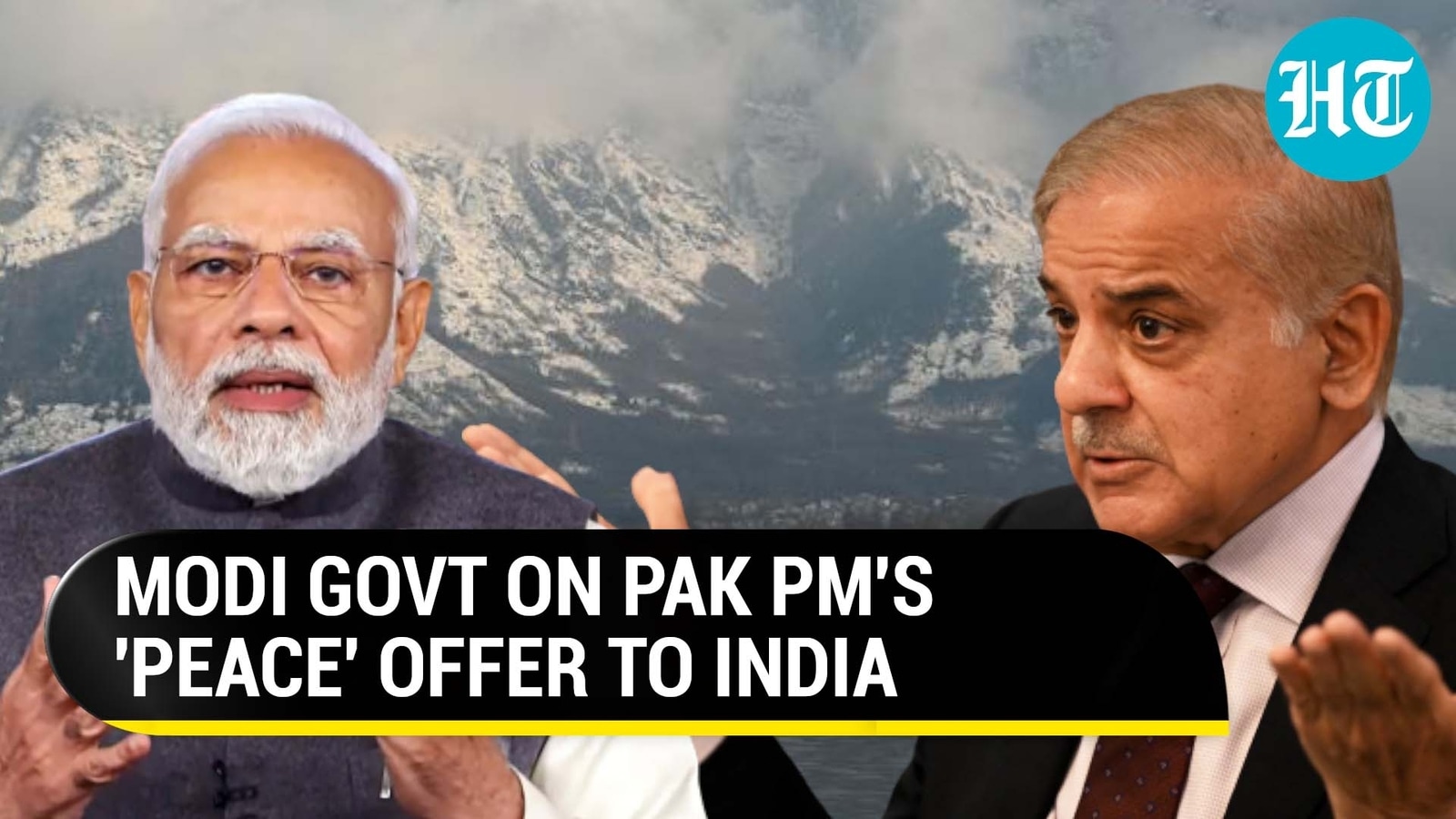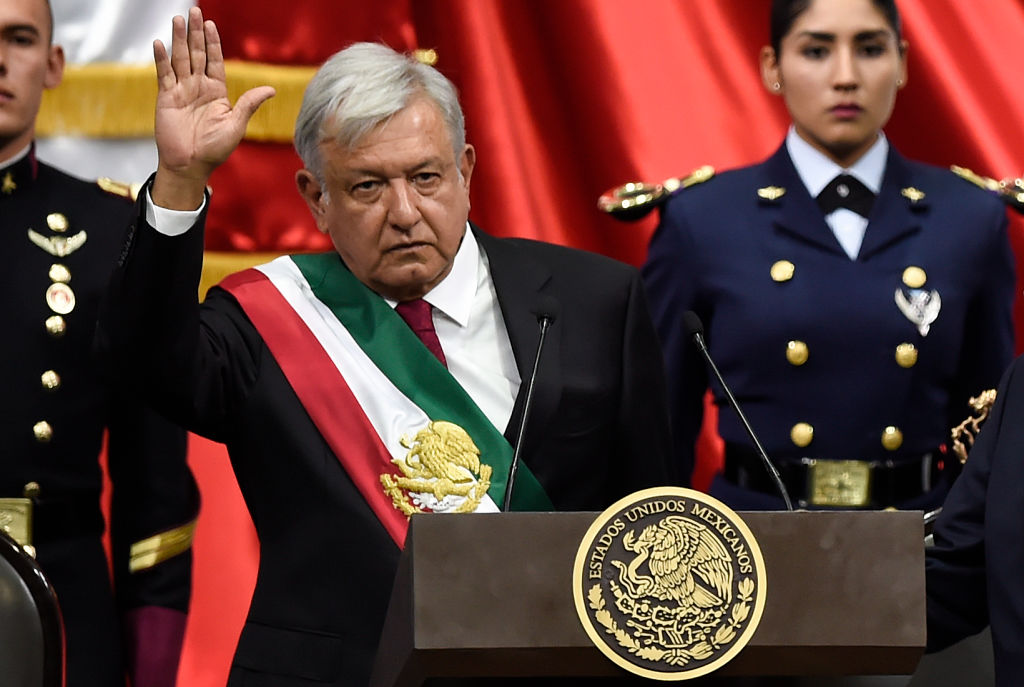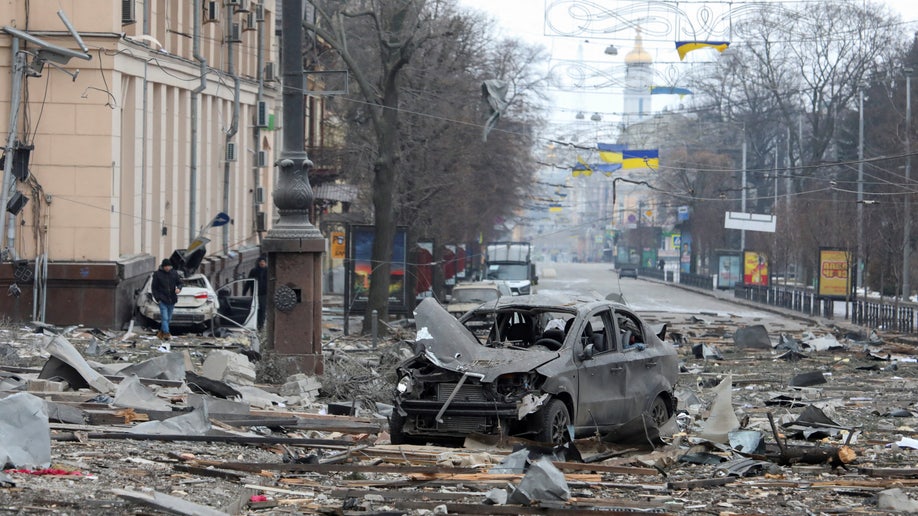Friends, followers, let’s unpack this. We just got word that India and Pakistan, two nations seemingly perpetually on the brink, have agreed to a ceasefire. India’s Foreign Secretary Vinay Kwatra announced today that Director Generals of Military Operations (DGMOs) from both countries will talk again on May 12th.

Photo source:www.deviantart.com
This comes after a phone call from Pakistan’s DGMO to his Indian counterpart earlier today at 3:35 PM local time. The agreement is that all hostilities – land, sea, and air – will cease as of 5:00 PM Indian Standard Time. Pakistan’s Deputy Prime Minister and Foreign Minister Ishaq Dar confirmed the immediate ceasefire earlier today.
Now, let’s be real. Agreements are one thing, implementation is another. We’ve seen this dance before. Cynicism is warranted, but a glimmer of hope is still a glimmer.
Understanding the Context: A Quick Primer
For those newer to the geopolitical tensions between India and Pakistan, this isn’t just about border skirmishes. The dispute over Kashmir is the historical core of conflict. This has fueled decades of distrust and military build-up.
Ceasefire agreements are often the result of back-channel diplomacy. These talks often involve third-party mediation or quiet pressure on both sides to de-escalate.
It’s crucial to remember that these ceasefires are not peace treaties. They aim to reduce immediate conflict, providing space for dialogue. A lasting peace requires addressing the root causes of tensions.
Finally, a cessation of hostilities benefits both economies. Military spending diverts resources from vital areas like healthcare and education. A stable border encourages trade and investment.






